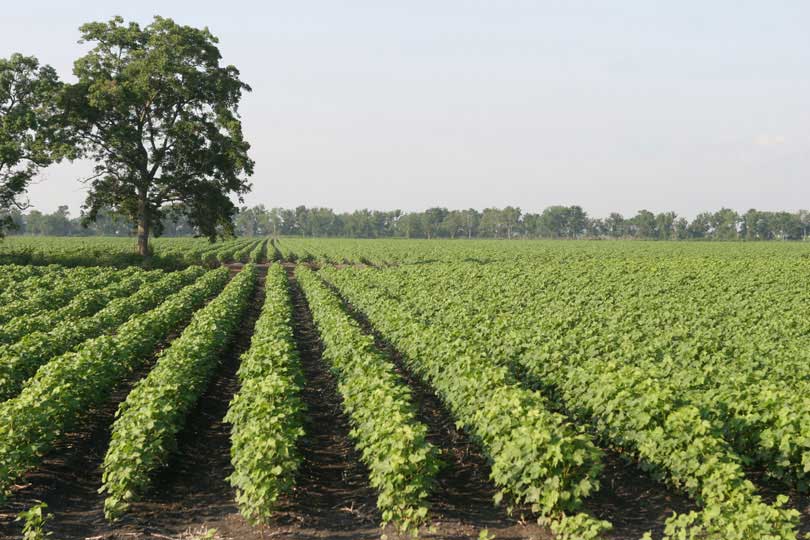By Justin Walker
Communications Specialist
A U.S. Department of Agriculture (USDA) report with information pertaining to Agriculture Risk Coverage (ARC) and Price Loss Coverage (PLC) acreage should be arriving in growers’ mailboxes this week.
The information—which includes acreage history, yield and 2008-2012 planting history—is meant to help growers allocate generic base acres under the two coverage plans.
“Once they get this information, they need to review it,” Richard Fordyce, USDA Farm Service Agency administrator, said in an interview with Southwest Farm Press. “If there is anything they don’t think is correct, whether it’s the generic base acres or yields or the planting history, they need to contact their local FSA office and get it corrected. Make sure you’ve got that squared away.”
Seed cotton was added as a covered community under the ARC and PLC programs when the Bipartisan Budget Act of 2018 amended the 2014 Farm Bill.
“Growers are going to go through the same steps they did when they made their elections under ARC or PLC for other covered commodities,” Fordyce said.
Fordyce, who farms corn, soybeans and cattle in northwest Missouri, said he remembers the apprehension of signing a contract on his covered commodities last time he registered for the programs. He suggests concerned growers attend workshops about the programs before making a decisions.
“Most of the producers have been through this drill before. We’re just adding seed cotton as a covered commodity,” he said.
Fordyce said FSA offices will likely host informational meetings about the seed cotton program before growers are required to sign up.
The Texas A&M Agricultural and Food Policy Center also has a decision aid tool to aid cotton growers. Farmers can access it by calling the center at (979) 845-5913 or toll-free at (888) 890-5663 or online.
Dr. Joe Outlaw, co-director of the Agricultural and Food Policy Center and Texas A&M AgriLife Extension Service economist, said he and his staff are willing to help growers as they use the tool.
“The reason why we put together a decision aid is because most producers don’t want to go through those calculations,” he said in an interview with the Texas Farm Bureau (TFB) Radio Network. “All they have to do is basically sign in and put a little bit of their farm data, and we will calculate the difference and payments for them.”
Fordyce said growers should schedule an appointment with their county FSA office as soon as possible after they make a decision.
“Our staff will have a tool or template available at sign up to assist growers with making the best decisions for their particular situation,” he said.
FSA anticipates their own online tool will be released this month to help with the ARC and PLC programs. ARC and PLC one-time elections will occur for seed cotton in late July, as will sign up for 2018 starts for both programs.
“For farmers and ranchers with questions, we encourage you to reach out to your local FSA office,” Fordyce said.
For more information, click here.

